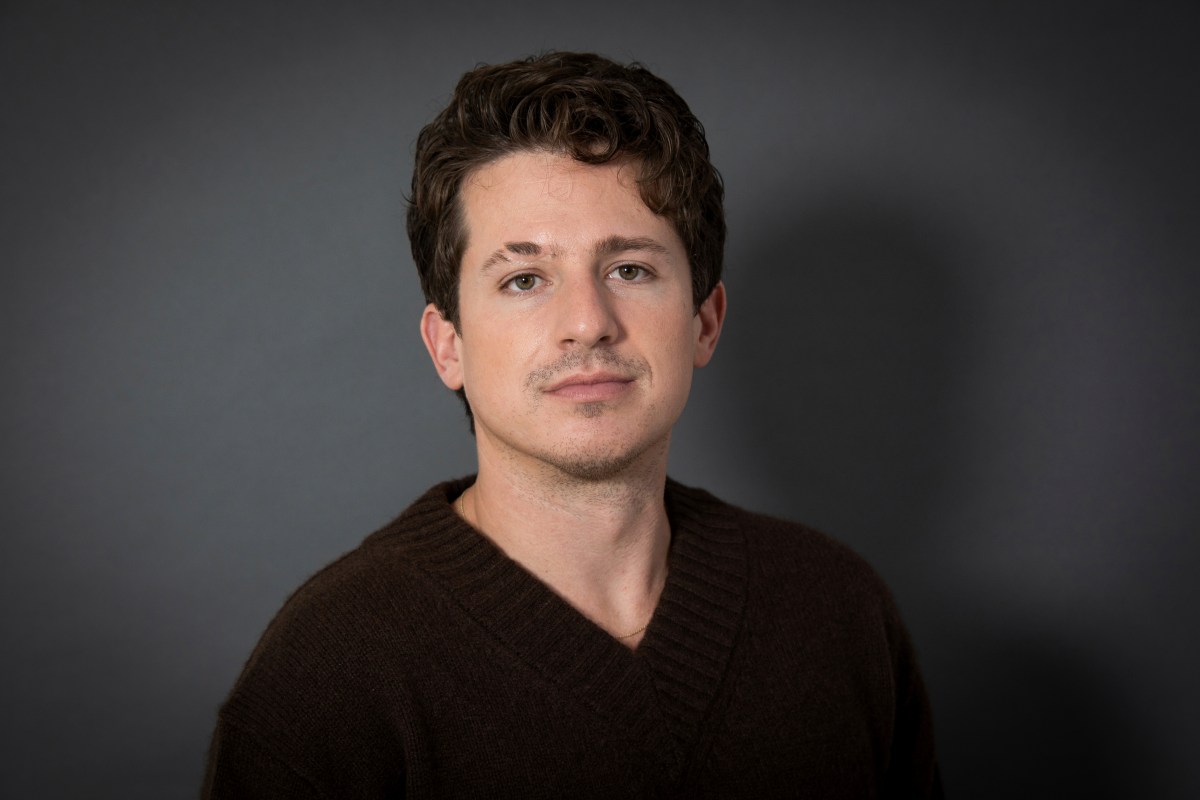The city denies that investigators used the technology to identify participants in an unauthorized demonstration.
Did the city police use facial recognition software during unauthorized demonstrations? No, says the city council.
A journalist found Daniela Klette in a short time. The member of the left-wing extremist terrorist group Red Army Faction (RAF) hid from the authorities for thirty years, but she was unable to evade Pimeyes facial recognition software. Apparently in thirty minutes, a Canadian investigative journalist tracked her down in a photo of a Capoeira club in Berlin.
Klette, who was suspected of taking part in attacks and robberies, was arrested in her apartment in Berlin-Kreuzberg at the end of February.
The case shows how sophisticated automatic facial recognition technology has become. With their help, people can be found in large crowds and in millions of images. This didn’t go unnoticed by the investigators either. Several police corps in Switzerland are already using facial recognition software, including the St. Gallen cantonal police.
Since 2021, the people of Eastern Switzerland have been using software from a Swedish company that can be used to evaluate image and video data in the shortest possible time. For police work, this means immense progress and an enormous gain in efficiency, say the people of St. Gallen.
As promising as the technology is in the eyes of investigators, it is also controversial. Because critics fear creeping mass surveillance. In the left-wing dominated city of Zurich, the topic has already caused debates in the city parliament on several occasions.
Request for speculation from the online portal “Tsüri.ch”
However, the city police corps has not yet used facial recognition software or other AI-supported tools. This emerges from a response from the Zurich city council to a written question from the two local councilors Moritz Bögli (AL) and Lara Can (SP).
The two local councilors had their initiative according to a report from the portal “Tsüri.ch”. It was about participants in an unauthorized demonstration who were fined without being checked on site. Those affected were sentenced to punishment – based on police images. The online portal therefore speculated that the city police were using facial recognition software without documenting this.
In its response to Bögli and Can’s request, the city council now emphasizes that it considers the city police’s legal action to be a matter of course.
And the city government states: Neither the Pimeyes software nor other controversial instruments for automatic facial recognition would be used. The corps is subject to a legal documentation requirement. Using information from unofficial sources without declaring this and later specifying an alternative and legal solution is not permitted, the city council states. “Such an approach would be illegal, would result in the evidence being unusable and possibly have consequences under personnel law.”
However, the city police cannot function without Open Source Intelligence (Osint) instruments. The cybercrime specialist group uses such tools to compare images with existing databases. In its response, the city council emphasizes that only legally permissible means are used.
Audio and video recordings of unauthorized demonstrations
The city council’s answer to how the police can track down participants in unauthorized demonstrations is as follows: At large public events and rallies, the emergency services openly or covertly made audio and video recordings in order to be able to later identify people in the event of crimes. If criminal acts were documented with these video recordings, they would be secured and evaluated as evidence for any criminal proceedings. The evaluation would be carried out by specialists from the city police.
However, the city council cannot answer how many people have been identified and fined based on video recordings in public spaces in the last three years. This data would not be collected statistically.


